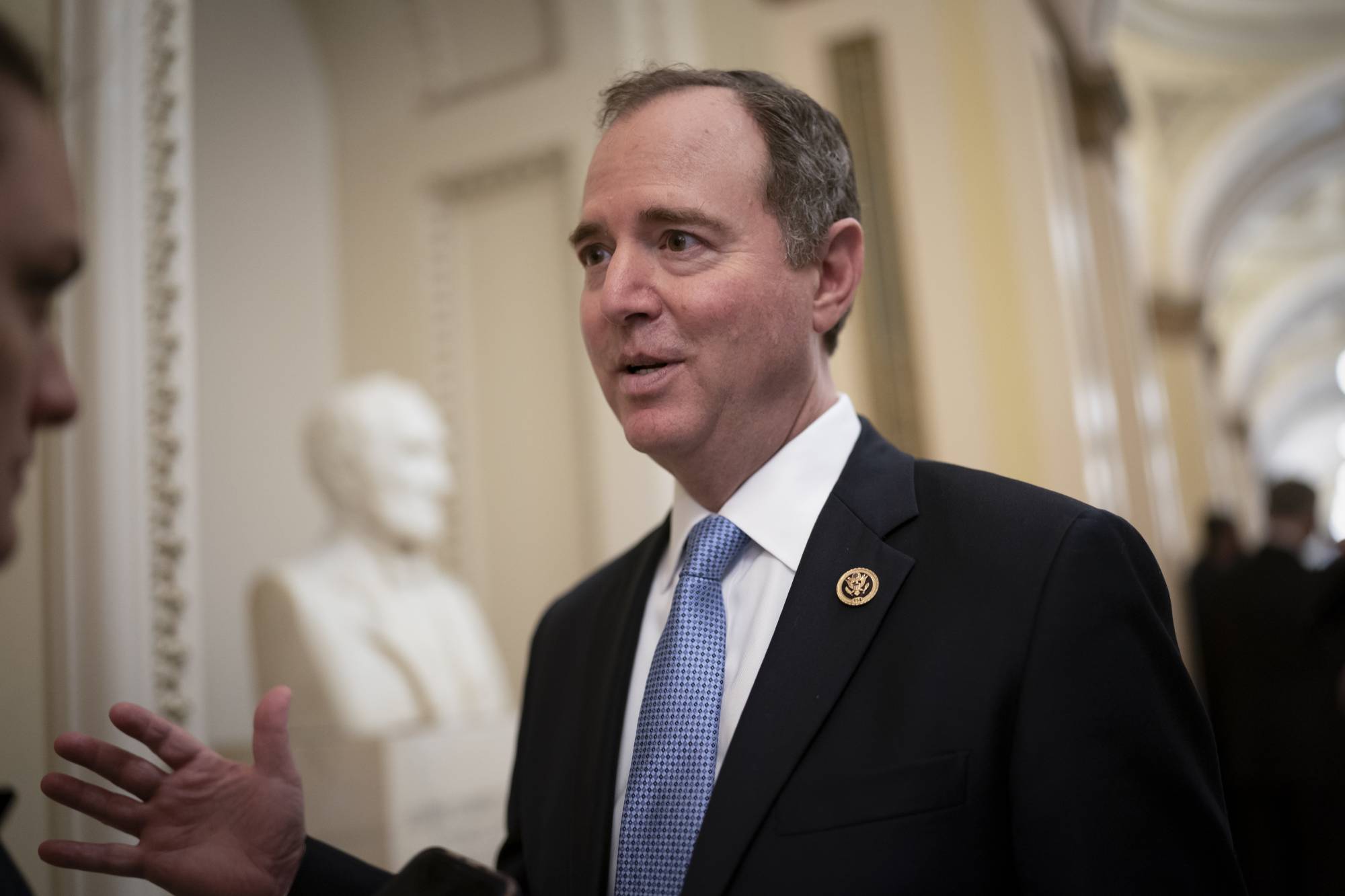
How come so few federal employees actually are TSP millionaires?
It varies with the stock market, but about 1% of Thrift Savings Plans have more than a million dollars in them. Most so-called TSP millionaires have been working...
It varies with the stock market, but about 1% of Thrift Savings Plans have more than a million dollars in them. Most so-called TSP millionaires have been working for decades. Federal Drive with Tom Temin spoke with someone who thinks the millionaire roster should be five times as big as it is.: Financial Consultant and retired federal manager, Abe Grungold.
Interview transcript:
Abe Grungold I believe there should be many, many more TSP millionaires. And I want every federal employee and retiree as the opportunity to be a TSP millionaire. And with today’s salaries, that should be achievable during a federal career. But I believe there are two traits that federal employees and retirees have that causes them not to reach that pinnacle level.
Tom Temin All right. I was going to say there might be three traits. Fear, uncertainty and doubt. But what are your two traits?
Abe Grungold Mine are procrastination and fear. Federal employees procrastinate contributing to the TSP. They tend to focus on things which are important to them, such as, I want to pay off my school loans, I want to save for a house, I want to travel or save for a wedding. But they need to get the idea of contributing into their TSP as part of their DNA, when they’re federal employees. They should begin the first day of employment.
Tom Temin And does not first day of employment though, enroll you automatically in the TSP?
Abe Grungold Yes. Federal employees who now, as new employees, they have to do a mandatory contribution. But that contribution is only 5%, which entitles them to the 5% matching that the government provides. That is an excellent start. But during my career and I was a low level employee in the beginning years, I contributed to the maximum of which I could afford, which was at least 10%. Now, if a federal employee contributes 10% of their salary, along with the 5% match during a 20 to 25 year federal career, there’s an excellent chance for them to become a TSP millionaire, if and only if they can overcome their fear. And the fear comes from only investing in the G Fund. If you’re going to be a federal employee and you only invest in the G Fund, the likelihood of you being a TSP millionaire is going to be slim. And many reasons that federal employees do not invest aggressively with their thrift savings plan, is they don’t want to see even $1 decrease in the balance of their account. They feel that the other accounts are too volatile or they keep thinking that there’s going to be a recession. So that causes them to not invest aggressively.
Tom Temin We’re speaking with Abe Grundgold, retired federal manager, now a financial consultant. So you have to balance living with savings. And even the most aggressive counselors for savings will say, don’t forget to live a little bit while you’re working. But it’s a matter of making sure that baseline is always there, no matter what sounds like.
Abe Grungold Yes. Look, I always enjoyed myself when I was a federal employee. I travel, I played golf. I did all the normal things that a person would do. But I had it in my DNA to think, pay yourself first, contribute as much as you can afford to the thrift Savings plan and invest as aggressively as you can tolerate. Now, to become a TSP millionaire, it’s somewhat of a simple formula. It’s maximizing your contributions, invest as aggressively as you can tolerate, and time. The more time that you spend as a federal employee, that will help you to achieve your goal.
Tom Temin Well, you can probably calculate if you say a 5% return on investment on average, and you know how much you’re contributing every year. There must be a formula that can say, this is the date on which you’ll hit that million dollar mark.
Abe Grungold Well, you do have to apply a percentage for growth in addition to your contributions. And I always picked a conservative 7%. And if you contribute for 20 to 25 years, 7%, you can hit it and you can have a salary of a minimum of $50,000, $60,000. Now, the TSP has a history, 35-year- history of experience with their investment. So you will know the track record of how they will perform. But there is a critical factor in why there are not more TSP millionaires. And that critical factor is that federal agencies are concerned about employee retention. This is what they talk about, employee retention. But they are not educating the employees on this very important benefit. Unfortunately, the federal employee is responsible to learn and educate themselves on the Thrift Savings Plan benefit.
Tom Temin Right. So in other words, the expression of the value of the TSP of the long-term investment strategy in it could be a retention tool for federal employees.
Abe Grungold Absolutely. When I was introduced to the TSP in 1987-88, I can’t remember offhand, but I remember that presentation that they made. And after seeing the slides and the charts, the light bulb went off in my head that said, I can achieve this. I was only in my second year as a federal employee, but having an accounting and a finance background, I knew I could achieve this. So federal agencies need to educate, they provide their employees with so much training in so many different areas for them to do their job. But if they want to retain these valuable employees, they’re going to have to educate them on how important their thrift saving benefit is.
Tom Temin And what is the significance of that million dollar mark? Everyone subscribes to it. I subscribe to it. And a million even in this day and age, if you have that in your savings, can throw off a pretty good supplement to your income with those required minimum withdrawals.
Abe Grungold Yes, the million dollar goal is basically one part of three parts of your retirement. The first part is the first annuity, the second part is Social Security, and the third part is the Thrift Savings Plan. I used to say it’s a three legged stool that you should be sitting comfortably when you reach retirement. Now, if you have additional savings, it’s a four legged stool due to the change of the federal retirement system from the [Civil Service Retirement System (CSRS)] program to the [Federal Employees Retirement System (FERS)] program, employees have that responsibility to save a significant portion of their salary to fulfill their retirement needs. Where the CSRS program, you didn’t have to do that as a federal employee.
Tom Temin So then for those that have not been saving at the maximum they can afford or the maximum allowed, as you say, 10% plus that 5% match. It’s never too late, though, is it?
Abe Grungold No, it’s not too late. It’s never too late. I have many clients who really just start thinking about saving for their retirement in their forties and fifties and then say, I should be maximizing my contribution. But there are many employees who are thinking about it early on, as they should. But it is so important for the agency to have training for their employees, along with ethics training, along with security in the workplace training, along with threat management training. To have that important training, give it to the employee each year as a retention tool for each agency to say, look, if you work 25 years with the government, you can become a TSP millionaire and you can have a wonderful career at the same time.
Tom Temin Yeah, I can see the name on the pamphlet now. How to be a Millionaire without really trying.
Abe Grungold Exactly, Tom. It takes a little effort, just a little effort on the part of the employee. But unfortunately, employees today do not think long term. They’re not thinking about retirement. They’re not thinking about long-term care needs, they’re not thinking about Social Security. These issues never come to mind when you’re right out of college and you hit the ground running in a federal position. You’re just thinking about, how can I do a great job and advance my career?
Copyright © 2025 Federal News Network. All rights reserved. This website is not intended for users located within the European Economic Area.
Tom Temin is host of the Federal Drive and has been providing insight on federal technology and management issues for more than 30 years.
Follow @tteminWFED
Related Stories





